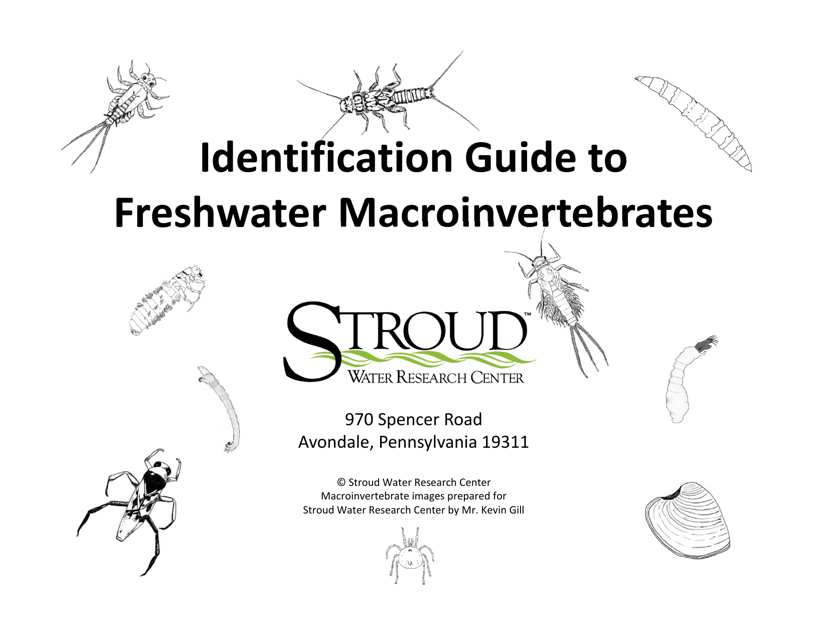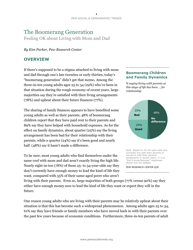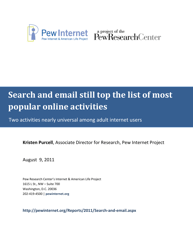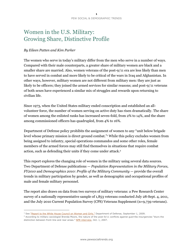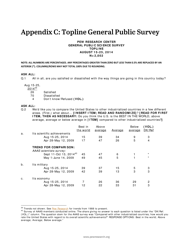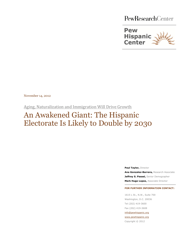Identification Guide to Freshwater Macroinvertebrates - Stroud Water Research Center
The Identification Guide to Freshwater Macroinvertebrates by the Stroud Water Research Center is used for identifying and studying small organisms that live in freshwater environments. It helps researchers and environmentalists assess the health and quality of rivers, streams, and other freshwater habitats.
The Identification Guide to Freshwater Macroinvertebrates is filed by the Stroud Water Research Center.
FAQ
Q: What is a freshwater macroinvertebrate?
A: A freshwater macroinvertebrate is an organism without a backbone that is visible to the naked eye and lives in freshwater habitats.
Q: Why are freshwater macroinvertebrates important?
A: Freshwater macroinvertebrates are important indicators of water quality and ecosystem health.
Q: What are some common examples of freshwater macroinvertebrates?
A: Some common examples of freshwater macroinvertebrates include mayflies, stoneflies, caddisflies, and dragonflies.
Q: How do freshwater macroinvertebrates contribute to the ecosystem?
A: Freshwater macroinvertebrates play important roles in nutrient cycling, decomposition, and as a food source for other organisms.
Q: What are the threats to freshwater macroinvertebrates?
A: Threats to freshwater macroinvertebrates include pollution, habitat destruction, and climate change.
Q: Are all freshwater macroinvertebrates safe to handle?
A: Not all freshwater macroinvertebrates are safe to handle, as some may have a defense mechanism (such as stinging or biting). It is advisable to handle them with caution or observe them in their natural habitat.
